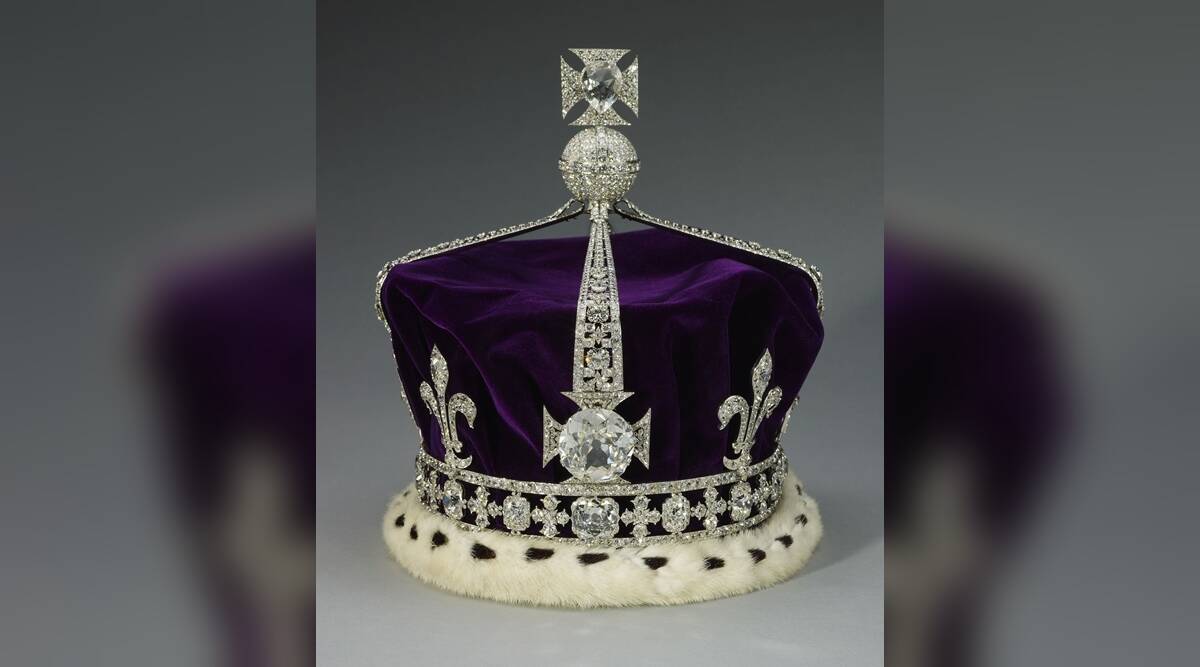Queen Elizabeth’s death: As Kohinoor trends in India, a brief history of the jewel
10 September, 2022

While Queen Victoria wore it as a brooch, Kohinoor soon became a part of crown jewels - first in the crown of Queen Alexandra and then in the crown of Queen Mary
Queen Elizabeth II, Britain’s longest-reigning monarch, breathed her last on Thursday at Balmoral Castle in Scotland. Following her death, social media became abuzz with demands for Kohinoor’s return to India. Meaning ‘Mountain of Light’, Kohinoor is a 105.6-carat colourless diamond which is believed to have been first mined in the 13th century, near Guntur in Andhra Pradesh by the Kakatiya dynasty.
Over the years, the jewel got passed on to the Delhi Sultan Alauddin Khilji and then to the Mughal empire following which Persian invader Nadir Shah took it to Afghanistan. It passed through different dynasties before reaching Ranjit Singh, the Sikh Maharaja of Punjab, in 1809. With Singh’s successor losing the kingdom to the British, the Kohinoor was ceded to Queen Victoria during the colonial rule.
While Queen Victoria wore it as a brooch, it soon became a part of crown jewels – first in the crown of Queen Alexandra and then in the crown of Queen Mary.
Finally, it formed a part of a dazzling crown made in 1937 for Queen Elizabeth, consort of King George VI, for the latter’s coronation on May 12, 1937. The crown, which has a platinum frame set with 2,800 diamonds, has a front cross holding the Kohinoor diamond in a detachable platinum mount.
“The band, comprising alternating clusters formed as crosses and rectangles, is bordered with single rows of brilliant-cut diamonds and set at the front with a large diamond, which was given to Queen Victoria in 1856 by the Sultan of Turkey,” according to the Royal Collection Trust.
“The Koh-i-nûr diamond had been successively mounted in the crowns of Queen Alexandra and Queen Mary and was once again reset for this crown,” it added.
Queen Elizabeth wore the crown without its arches at the State Openings of Parliament during the reign of King George VI, and again at the coronation of her daughter, Queen Elizabeth II, in 1953. It was then set on her coffin in April 2002, marking the crown’s last public appearance since then.
Source: indianexpress.com
